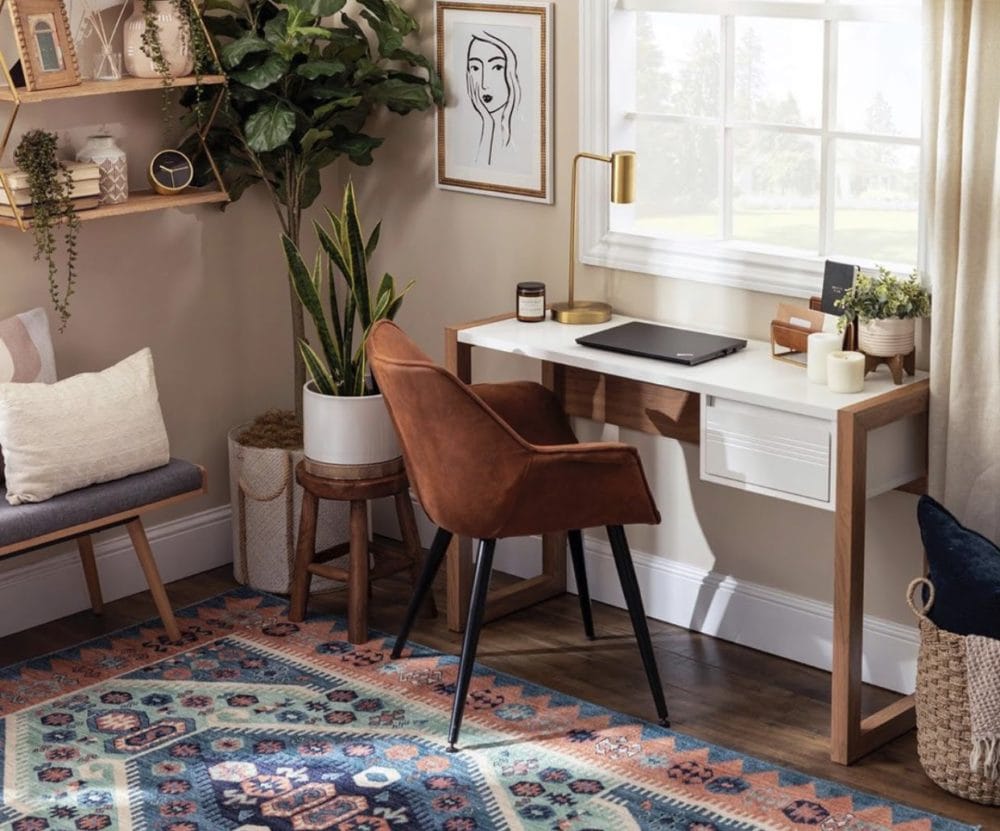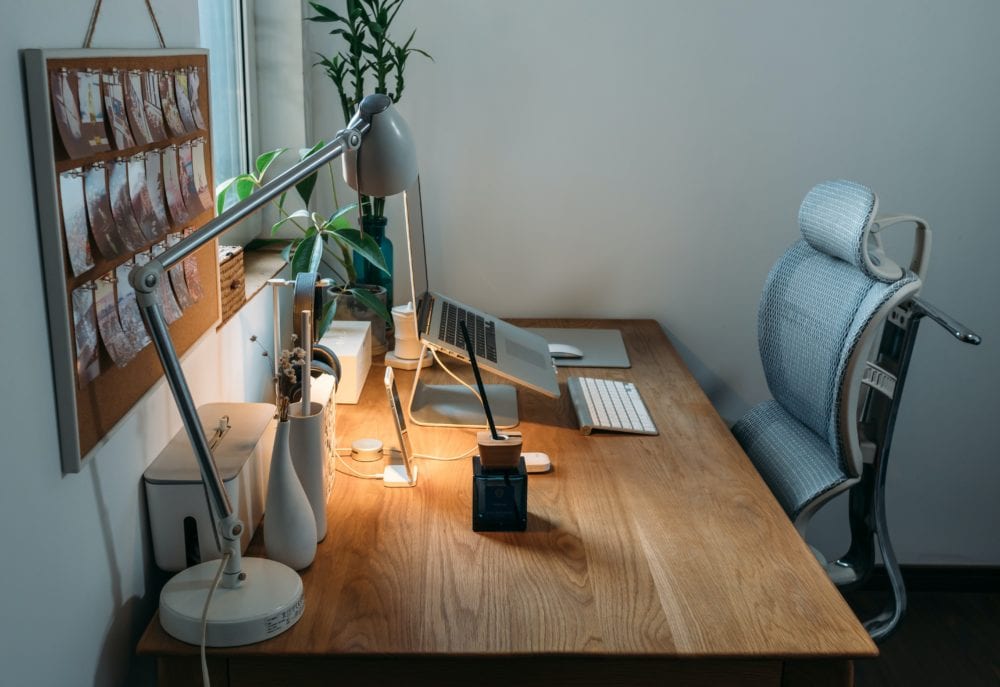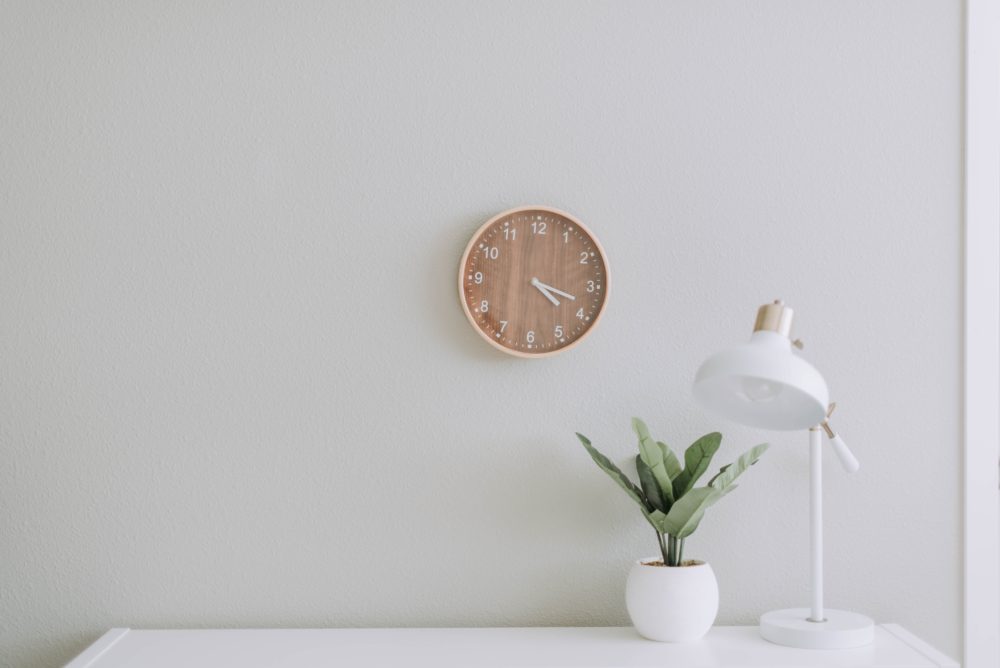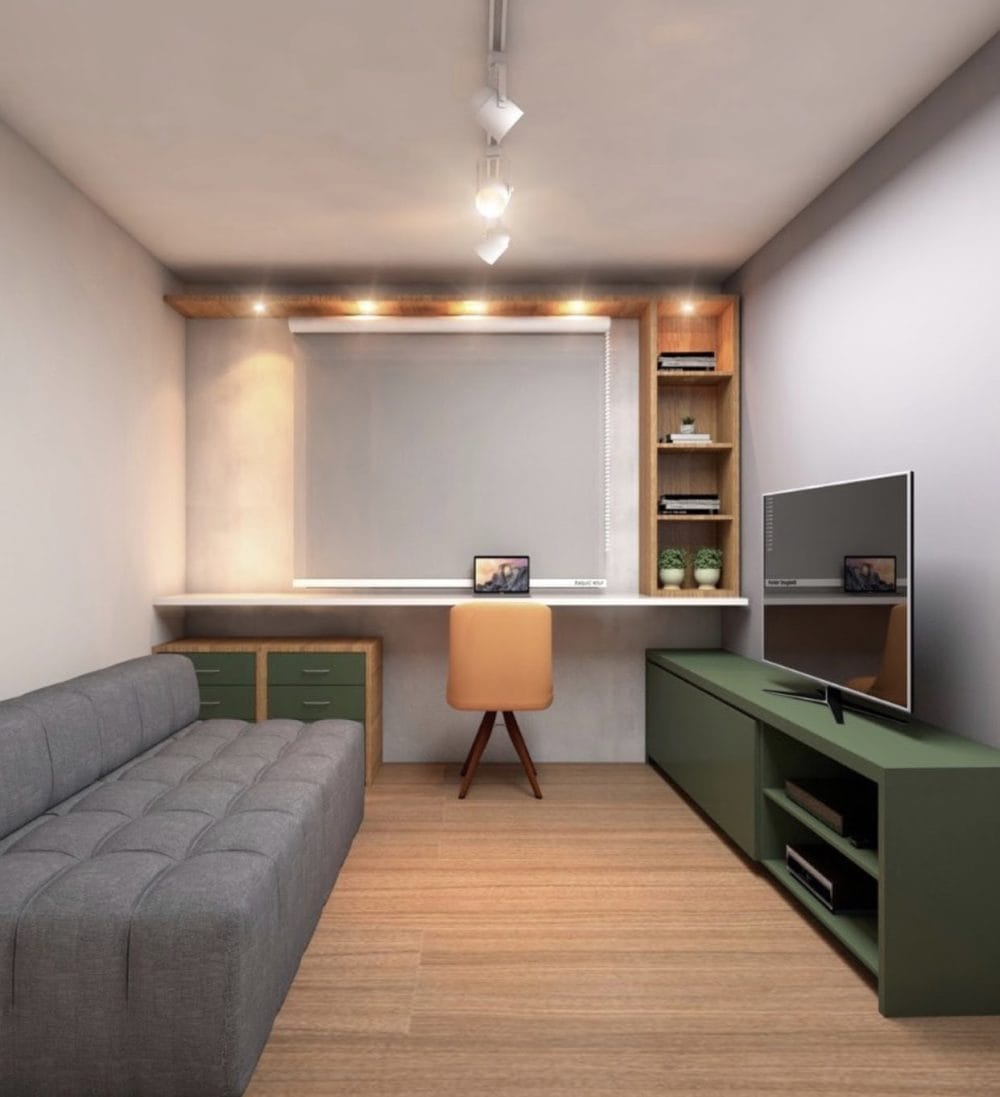Design
5 Inspirations for Creating the Ideal Home Office

Photo: @walkeredisonco via Instagram
At this extraordinary moment in time, many are facing the realization that a “fine for now” apartment workspace may no longer be cutting it. With some companies pivoting to indefinite remote work environments and others offering a permanent work-from-home option, the need for an ideal home office has never been more important. So we set out to gather the ultimate guide of workspace elements to consider while optimizing your home office space.

Photo: Wes Hicks
1. Noise Reduction
If there’s one thing nearly all home offices need—especially those within multi-family buildings—it’s the ability to conduct work in quietude. Whether you are leading a conference call or require near-complete silence to focus, this feature might be a must-have more often than not. Since sequestering in a separate room may not always be an option, we recommend investing in a top-rated pair of noise-canceling headphones to shut off outside noise. Look for a pair with noise reduction capabilities for the microphone as well for a seamless experience for whomever is on the other end of the line.
2. A Dedicated Space
In theory, working from home is work at its most flexible. You could work from the couch, in bed, on the balcony, the kitchen counter… and while you might be able to work just fine at any—or all—of these spaces, what comes with flexibility is a blurred line between work and rest. Create a dedicated workspace somewhere in your home so that when you do go to relax on the couch or climb into bed, your subconscious won’t associate that space with work. Aside from that, your physical body has its own workspace needs, leading us to consideration number three.

Photo: Samule Sun
3. Supportive, All-Day Comfort
Taking an ergonomic approach to your home office can help reduce the risk of injury or discomfort. From back pain to carpal tunnel to eye strain, poor work conditions can lead to a lot of physical health problems. In a pinch, your dining table and chair might make for a decent home office setup, but for long-term use, your best bet is an ergonomically designed office chair. Also consider other elements of your workspace—including, but not limited to, your desk height, monitor, keyboard, and mouse—when making adjustments.

Photo: Samantha Gades
4. Work-Conducive Color Palette
The colors you’re surrounded by can have a subtle or significant effect on your mood and productivity while you work. Cool colors (shades of blue, purple, gray) can be calming and peaceful, but they can also feel too relaxing. Bright colors and deep, dark colors can be inspiring when used as accents but can be overwhelming when overused.
One color we recommend introducing to your space is green. Green is most commonly associated with nature, and when added to a space can evoke feelings of vitality and comfort, and induce concentration. A simple way to add green to your workspace is to take its nature association literally: add a plant to your desk. This will also serve to bring a little bit of life and energy (and air-filtering benefits) to your space.

Photo: @thamiresmoleiro_interiores via Instagram
5. Lighting & Views
What you look at—and your ability to see it—throughout the day can hugely affect your mood (and your eye health). Be mindful of the amount and quality of light in your space. Add lamps or switch out bulbs to make sure you have enough, gentle lighting. A warmer monitor display (night mode, computer display adjusting software) or blue light-filtering glasses can help reduce the strain from looking at screens as well.
Also, consider natural light when choosing a spot to set up your office space. If you’re able to sit in front of or near a window during the day, you should be able to rely less on artificial light. Going back to ergonomics, it’s important to take breaks from staring at a computer screen or notebook right in front of you. A good rule of thumb is to give your eyes a break every 20 minutes by looking at something at least 20 feet away for at least 20 seconds. Positioning your desk by a window makes that far-away viewing much easier.
share story
